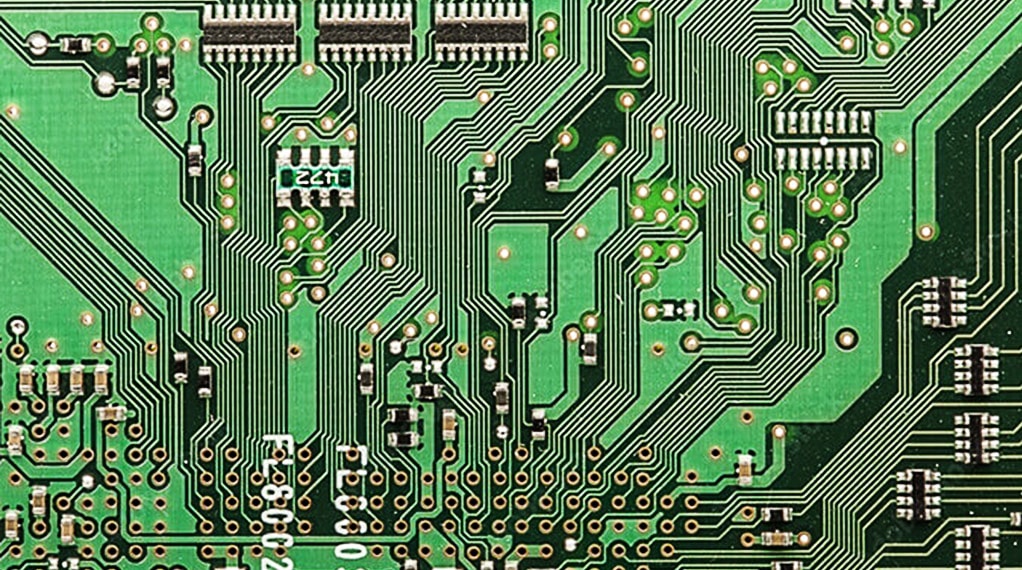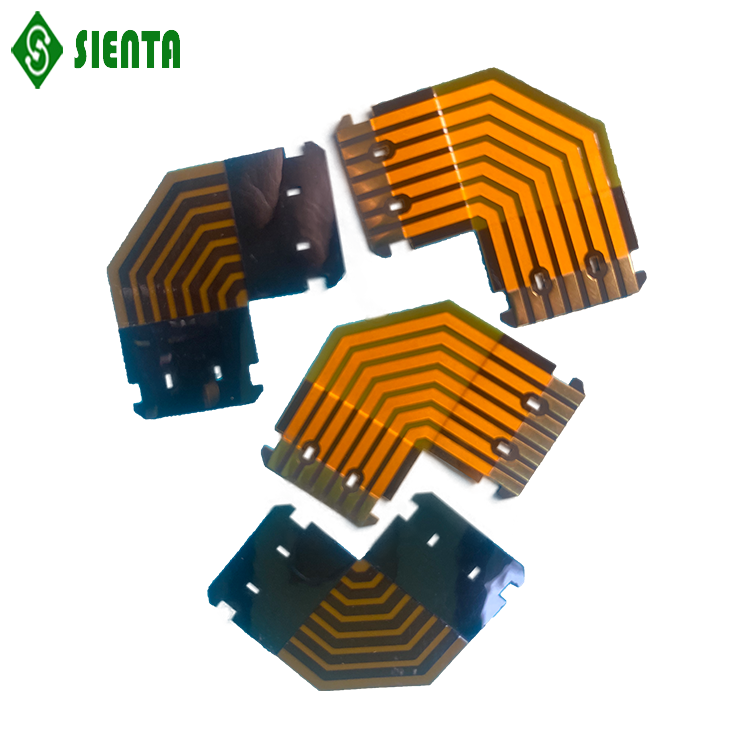Technology
CVL
The Significance of Cover Layers in Printed Circuit Boards
In the realm of printed circuit board manufacturing, cover layers, often referred to as CVL, play a pivotal role in ensuring the integrity and longevity of electronic circuits. Let's delve into the significance of cover layers and their impact on PCB performance.
Cover layers, also known as overlay films or cover layer, are protective layers applied to the surface of PCBs. These layers serve multiple essential purposes in the manufacturing and operation of electronic devices.


Physical Protection
One of the primary functions of the cover layer is to shield the underlying circuitry from physical damage. It acts as a barrier, safeguarding the delicate circuit components from environmental factors such as moisture, dust, chemicals, and mechanical stresses. By providing an additional layer of protection, CVLs enhance the durability and reliability of the PCB.
Insulation and Electrical Isolation
CVLs possess excellent insulating properties, preventing electrical leakage and short circuits between adjacent conductive elements. They create a dielectric barrier, effectively isolating different circuit layers, traces, and pads from each other. This insulation is crucial for maintaining signal integrity, reducing electromagnetic interference (EMI), and preventing accidental crosstalk.
Environmental Resistance
Cover layers are designed to withstand a wide range of environmental conditions. They exhibit resistance to temperature extremes, humidity, chemicals, and UV radiation, providing long-term protection to the PCB and its components. This resistance helps PCBs function reliably in various applications, including automotive, aerospace, consumer electronics, and industrial equipment.
Identification and Labeling
CVLs can be customized to include markings, labels, or symbols that aid in identification, assembly, and troubleshooting processes. These markings, typically printed on the top surface of the cover layer, provide vital information such as component designations, reference designators, test points, and company logos. This facilitates efficient assembly, testing, and maintenance of the PCB.
The application of cover layers involves precise manufacturing techniques. The CVL material, often composed of polyimide (PI) or UV-curable resins, is laminated or adhered to the PCB surface using specialized processes such as screen printing or lamination. The thickness and properties of the cover layer are carefully selected based on the specific requirements of the PCB design and its intended application.
In summary, cover layers (CVL) play a vital role in the manufacturing and performance of printed circuit boards. Their physical protection, insulation properties, environmental resistance, and identification features contribute to the overall reliability, durability, and functionality of electronic devices. By effectively safeguarding the underlying circuitry, cover layers ensure the long-term performance and quality of PCBs in diverse industries.


